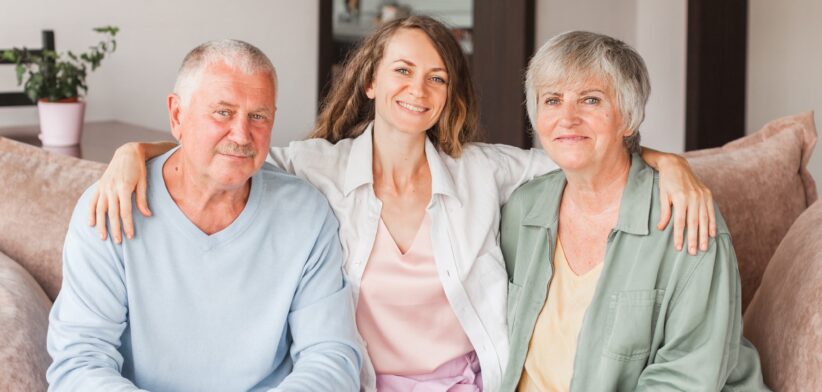Older homeowners would be incentivised to rent out their spare bedrooms in a bold plan to ease the current housing crisis.
QUT economist Dr Lyndall Bryant said housing affordability in Australia was at its worst level on record and potential relief from new housing supplies was years away.
Dr Bryant said with appropriate tenant matching and management, along with assurances that pensions would not be impacted or onerous tax generated, encouraging elderly homeowners to take in a renter could be a win-win for both parties.
“Housing affordability is not forecast to improve until at least 2029 and we are seeing homelessness services experiencing a ‘tsunami of homelessness’ as tenants are priced out of the rental market,” she said.
Dr Bryant said one solution was shifting the housing debate from new supply to better utilisation of existing housing, a point also made at a recent Queensland Futures Institute forum by ANZ Chief Economist Richard Yetsenga.
“As at the 2021 census, there were 13 million unused bedrooms within the existing Australian housing stock,” Dr Bryant said.
“Older Australians represent the highest proportion of homeowners, with over 80 precent of persons aged over 65 owning their own home. Research shows three quarters of those homes contain three or more bedrooms, and 84 percent of these homes are under-utilised.”
Dr Bryant said Australia was increasingly at a point in which the housing crisis intersects with the cost-of-living crisis which makes it harder for people to remain in their homes as they age as many are often ‘asset rich and income poor’.
“Some 80 percent of older Australians rely at least in part on the age pension, and over 25 percent live in poverty,” she said.
“Whilst older homeowners have a veil of housing security that renters do not, cost of living vulnerabilities exist around energy poverty and poor health due to thermal discomfort, inability to purchase essential items, food insecurity and social exclusion.
“If we can incentivise older Australians to rent out a spare bedroom, it serves the dual purpose of improving access to affordable housing and cost of living relief to vulnerable older Australians.”








